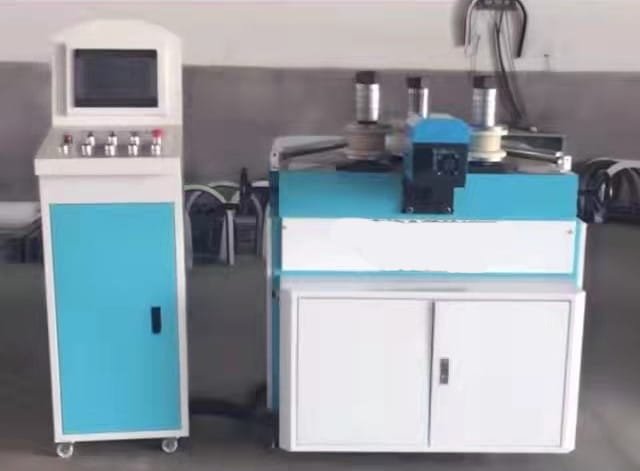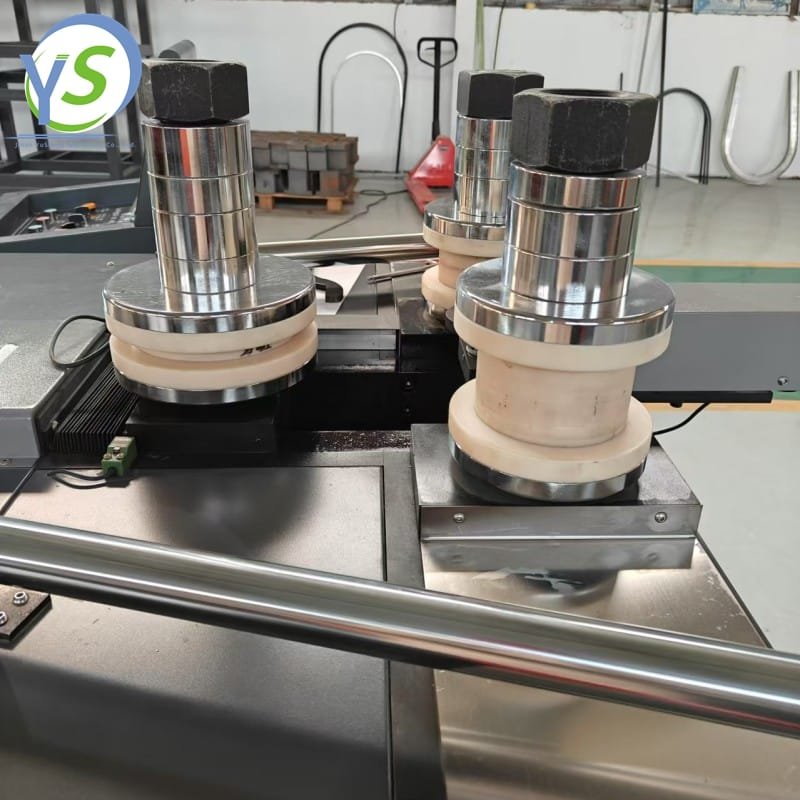In the realm of metalworking, the evolution of technology has significantly transformed the way metal components are shaped and manipulated. One of the most advanced and versatile tools in this domain is the CNC Rolling Bending Machine. This sophisticated machinery combines the precision of computer numerical control (CNC) technology with the power of rolling bending, revolutionizing the production of curved and bent metal parts across various industries.
What is a CNC Rolling Bending Machine?
A CNC Rolling Bending Machine is an automated system designed to bend metal tubes, pipes, profiles, and sheets with remarkable accuracy and consistency. The ‘CNC’ acronym stands for Computer Numerical Control, indicating that the machine operates based on pre-programmed instructions. This digital control enables operators to achieve intricate bends and shapes that would be difficult or impossible with manual methods.
Principles of Operation
At its core, the CNC Rolling Bending Machine employs a series of rollers that grip and progressively deform the metal material along its length. These rollers can be configured in various arrangements, such as three-roll, four-roll, or even more complex setups, depending on the specific application and the complexity of the bend required.
The process begins with the loading of the workpiece into the machine, often with the assistance of automated feeding systems. The CNC system then takes charge, interpreting the digital instructions provided by CAD (Computer-Aided Design) software to control the movement, pressure, and speed of the rollers. This precision ensures that each bend is executed to the exact specifications defined by the design, minimizing waste and maximizing product quality.
Key Features and Benefits
- High Precision and Repeatability: The CNC system eliminates human error, ensuring that every bend is identical to the last, vital for mass production where consistency is paramount.
- Versatility: Capable of handling a wide range of materials, including stainless steel, aluminum, carbon steel, and alloys, as well as various diameters and thicknesses.
- Complex Shaping Capabilities: The machine can execute a multitude of bend types, from simple curves to intricate three-dimensional shapes, catering to diverse applications in sectors like automotive, aerospace, furniture, and construction.
- Efficiency and Cost-Effectiveness: Automated operations reduce labor costs and production time, while minimizing material waste due to precise control over the bending process.
- Safety: CNC machines incorporate safety features such as emergency stops, enclosures, and sensors to protect operators from harm, enhancing overall workplace safety.
Applications in Various Industries
The versatility and precision of CNC Rolling Bending Machines make them indispensable in numerous industries:
- Automotive: Manufacturing of exhaust pipes, frame structures, and other curved components.
- Aerospace: Fabrication of precision parts for aircraft structures and engines.
- Furniture: Production of curved legs, chair frames, and decorative elements.
- Construction: Creation of steel beams, structural supports, and architectural features.
- Shipbuilding: Forming hull sections and other large-scale curved structures.
Conclusion
In summary, the CNC Rolling Bending Machine stands as a testament to the fusion of advanced technology and traditional metalworking craftsmanship. Its ability to deliver precise, repeatable bends with enhanced efficiency and safety has made it a cornerstone in modern manufacturing processes. As industries continue to evolve and demand for complex, high-quality metal components grows, the role of the CNC Rolling Bending Machine will undoubtedly become even more pivotal. For businesses seeking to stay competitive in this landscape, investing in this cutting-edge equipment is a strategic decision that promises to pay dividends in the form of improved productivity, reduced costs, and superior product quality.




